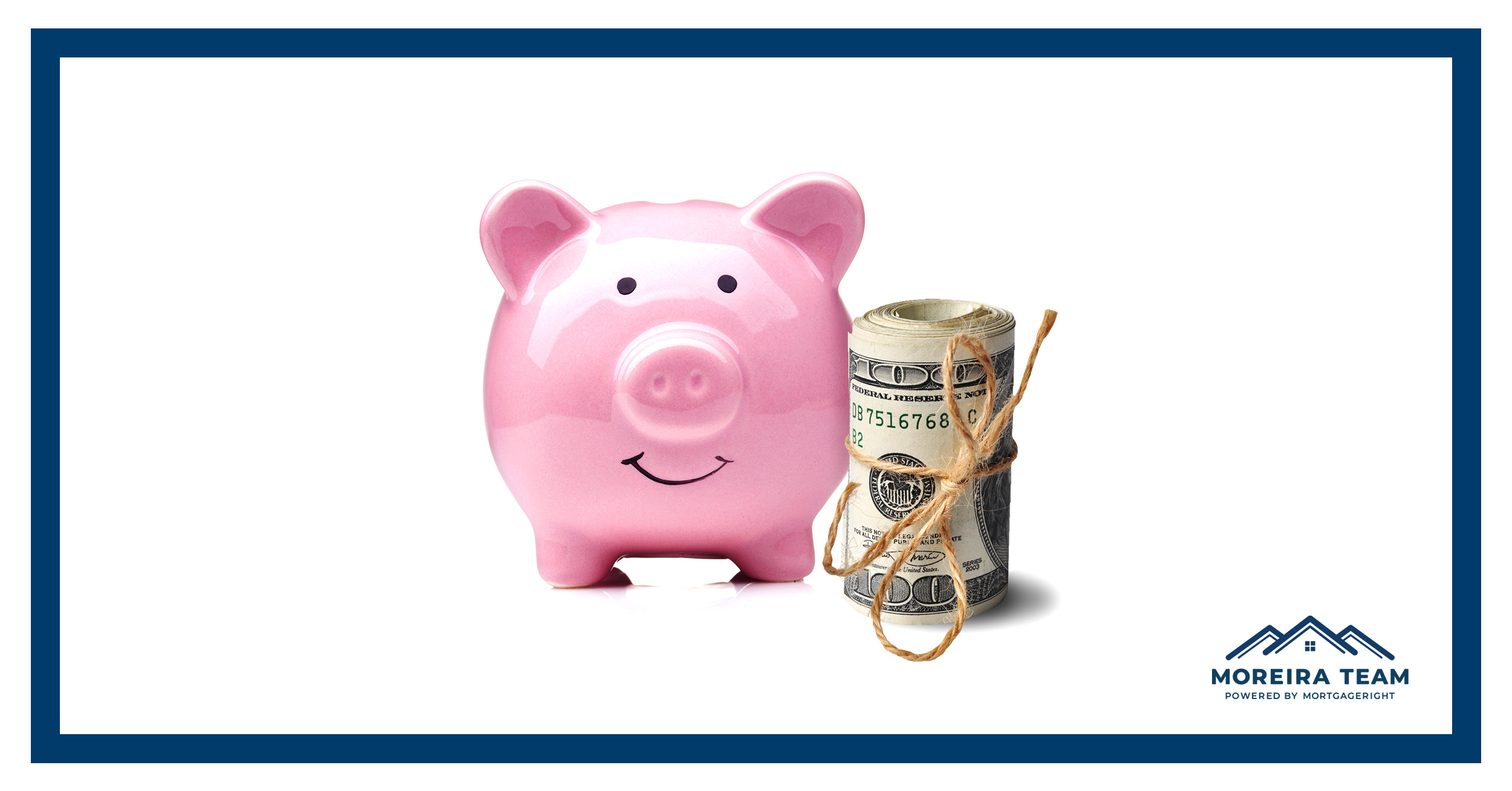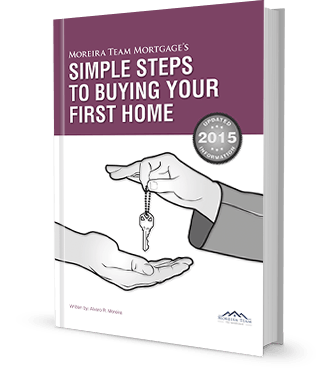
In this article
Mortgage Budget
By reviewing how much house you can afford upfront with your Mortgage Advisor you can figure out how much you can borrow, but more importantly how much your total payment will be with the help of a Moreira Team Advisor.
What’s Your Income After Expenses?
The mortgage size you qualify for is based on your Debt To Income Ratio. This percentage is basically your gross income divided by the total payments on your credit report plus your new total mortgage payment. Typically you want this to be 45% or less although some programs allow for a higher DTI with compensating factors.
Purchase Affordability Calculator
Things to Prepare for Your First Phone Meeting
It’s recommended to always check with your mortgage advisor for complete requirements.
- Your current Housing Cash Flow Sheet (see eBook below)
- 2 most recent W2’s (if you are self-employed, at least two years of tax returns)
- 2 most recent paystubs
- 2 most recent bank statements (all pages) to show proof of down payment
Calculate Your Income and Debt
Find out “how much house can I afford” to buy by downloading and completing the Housing Cash Flow Sheet found in our “Simple Steps to Buying Your First Home”
Once you’ve completed the Income and Debt Worksheet from “Simple Steps to Buying Your First Home”, you’re ready to ask:
How Much House Can I Afford?
The size of your payment is based on (P)rincipaI (I)nterest,(T)axes and (I)nsurance also known as PITI. In Mortgageville speak, PITI stands for your total mortgage payment and is pronounced the same as pity. Mortgage insurance can also be in addition to this amount depending on which program you go with. For example, with the Lender Paid Mortgage Insurance Program you can avoid paying monthly mortgage insurance.
Here is what PITI technically means:
(P)rincipal – The amount you borrow and still owe after making monthly payments.
(I)nterest – The percentage you are paying the lender on the money you borrowed.
(T)axes – The property taxes on the house you buy as determined by the city, town or county.
(I)nsurance – The home insurance you pay each month.
When you add them all up, you come up with the acronym called PITI. There are two very strong words of caution for homebuyers when understanding how PITI affects you. The first is that PITI is always more than what you expect when estimating your numbers alone at home in front of the computer. The only time these numbers are really clear are after you get pre-approved with a licensed mortgage advisor.
The second word of caution is paying home association fees for living in certain neighborhoods, co-ops, or condo complex’s. If that describes you, then count on adding these additional fees into your payment which can be substantial.
When you are doing your calculations at home be conservative about what taxes and insurance might be. And don’t worry, your mortgage lender will be there to give you a more accurate idea of an “out the door” payment once you find a home you are interested in.
Calculations Made Simple
Russell and Liz have a combined total gross income of $6,500 per month and total expenses of about $1,500. That leaves them with $4,500 gross per month after expenses. Therefore they can afford to comfortably spend $1,400 on their total housing payment. This puts them at a Debt To Income Ratio of 43%. That payment includes (P)rincipal, (I)nterest, (T)axes, (I)nsurance, also known as PITI. They were able to purchase a home for $200,000 with five percent down and payments came in under $1,400 per month.


